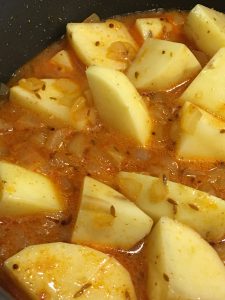 A fresh, green element on the dinner plate.
A fresh, green element on the dinner plate.
1 medium onion, minced
1 tsp black mustard seed
1/4 rounded tsp turmeric
1-3 dry red chilies, broken into pieces (optional)
1 lb green beans, chopped finely (in a food processor is fine)
1/4 rounded tsp fresh ground black pepper
1 rounded tsp salt
1/2 cup shredded unsweetened coconut

- Cook onions with turmeric, black mustard seed, and chilies in a dry pan over high heat, stirring constantly, for a few minutes, until semi-cooked.
- Add green beans, pepper, and salt, and cook a few minutes more, enough to take the raw edge off. Green beans should still be crispy.
- Turn off heat, stir in coconut, and serve with rice.
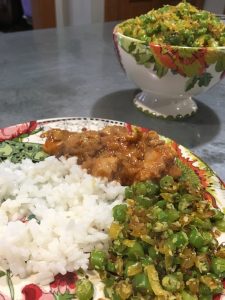
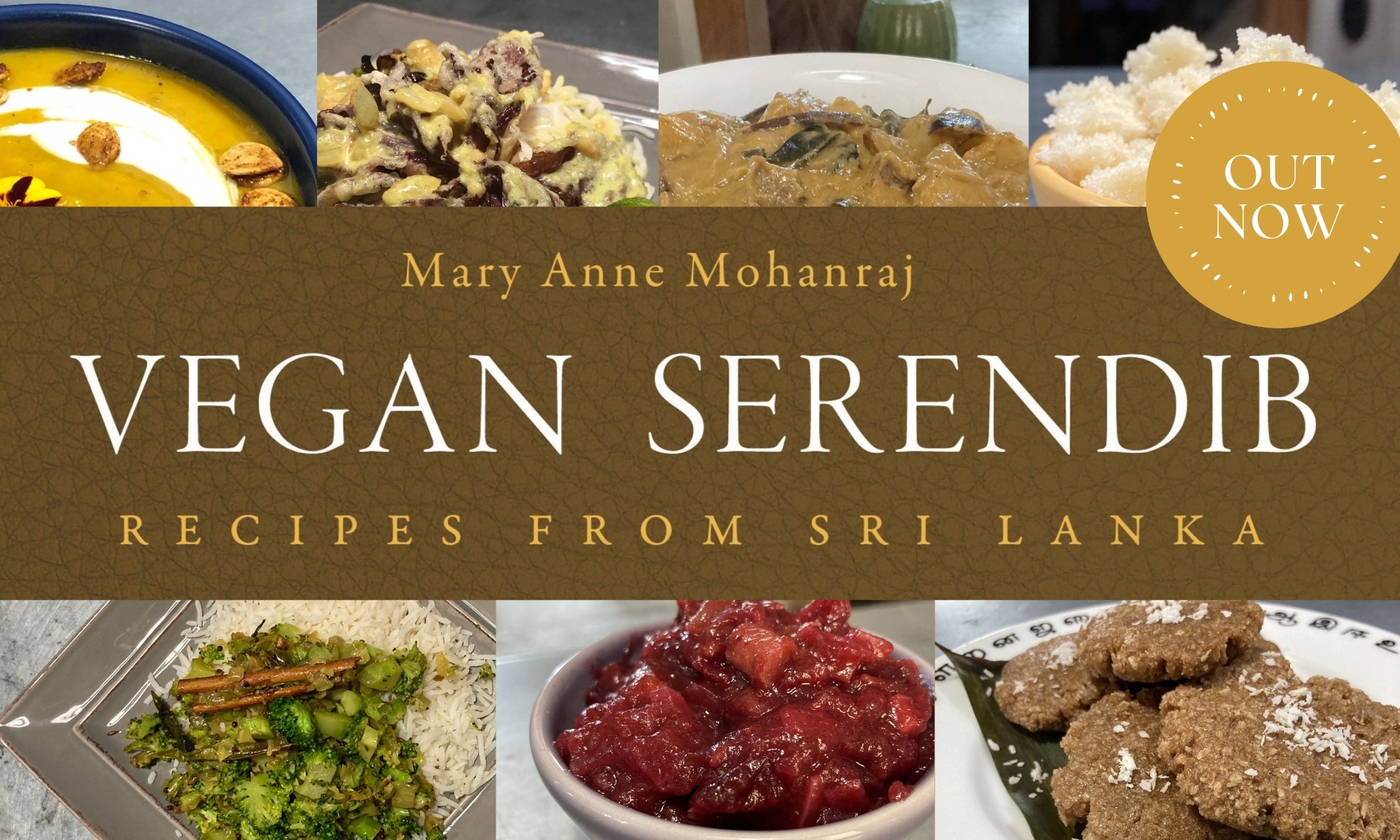


 Thai Carrot Salad
Thai Carrot Salad  Cauliflower Poriyal
Cauliflower Poriyal

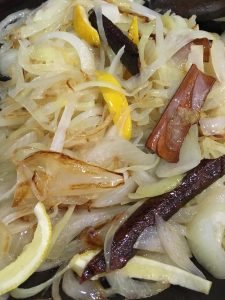 (60 minutes, serves six)
(60 minutes, serves six)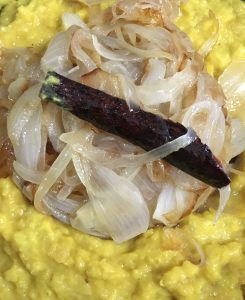
 (20 minutes, serves 4)
(20 minutes, serves 4)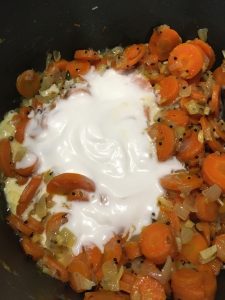
 This may be the most iconic flavor combo of my childhood — beef curry with carrot curry on rice. I think my mom made it close to weekly, and the two flavors go perfectly together — the savory spice of the beef with the sweetness of the carrots cooked in coconut milk.
This may be the most iconic flavor combo of my childhood — beef curry with carrot curry on rice. I think my mom made it close to weekly, and the two flavors go perfectly together — the savory spice of the beef with the sweetness of the carrots cooked in coconut milk.








